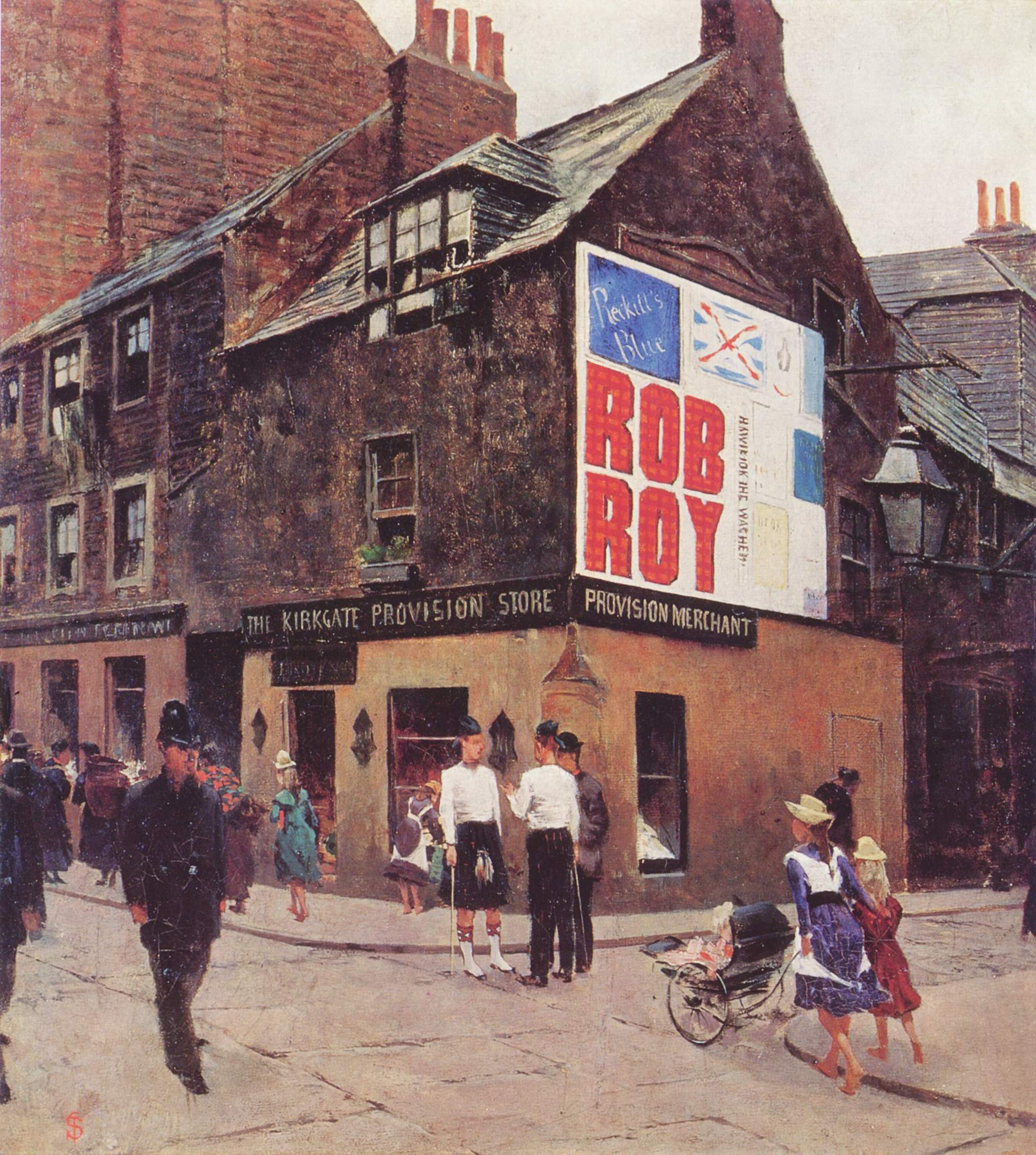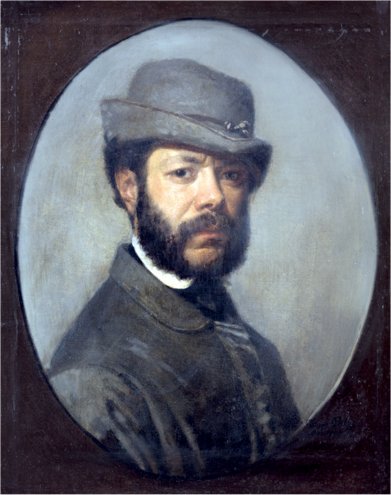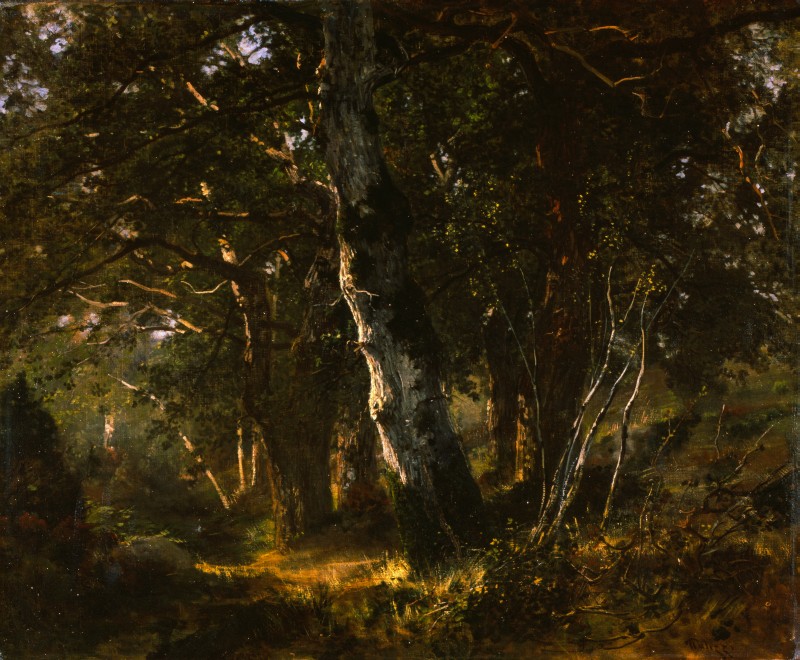|
Villa Grimaldi Fassio
The Villa Grimaldi Fassio is an 18th-century rural palace, now museum, and rose garden located on Via Capolungo 9 of Nervi, the eastern coastal quarter of the city of Genoa, region of Liguria, Italy. The property was purchased by the municipality of Genoa, is part of a series of parks and museums of the Gallerie d'Arte Moderna (GAM or Modern Art Gallery) which include the Giannettino Luxoro Museum, the Wolfsonian Museum, and the museum at Villa Saluzzo Serra. The Villa Grimaldi Fasso is the home of the Raccolte Frugone since 1993. History A structure at the site was first erected in the 16th century. Next to the villa still remains a deconsecrated chapel, dating back to the second half of the 18th century, and which is documented along the adjacent building in an eighteenth-century map by the cartographer of the Republic of Genoa Matteo Vinzoni. By the end of the 19th century, the building was listed in the Napoleonic Catasto as a "holiday building" or ''vacation villa'' of Gius ... [...More Info...] [...Related Items...] OR: [Wikipedia] [Google] [Baidu] |
Genoa
Genoa ( ; it, Genova ; lij, Zêna ). is the capital of the Regions of Italy, Italian region of Liguria and the List of cities in Italy, sixth-largest city in Italy. In 2015, 594,733 people lived within the city's administrative limits. As of the 2011 Italian census, the Province of Genoa, which in 2015 became the Metropolitan City of Genoa, had 855,834 resident persons. Over 1.5 million people live in the wider metropolitan area stretching along the Italian Riviera. On the Gulf of Genoa in the Ligurian Sea, Genoa has historically been one of the most important ports on the Mediterranean Sea, Mediterranean: it is currently the busiest in Italy and in the Mediterranean Sea and twelfth-busiest in the European Union. Genoa was the capital of Republic of Genoa, one of the most powerful maritime republics for over seven centuries, from the 11th century to 1797. Particularly from the 12th century to the 15th century, the city played a leading role in the commercial trade in Euro ... [...More Info...] [...Related Items...] OR: [Wikipedia] [Google] [Baidu] |
Giacomo Grosso
Giacomo Grosso (23 May 1860 in Cambiano – 14 January 1938 in Turin) was an Italian painter. Biography After spending his childhood at Glaveno seminary, Giacomo Grosso enrolled at the Accademia Albertina in Turin in 1873, thanks to a scholarship he was awarded by Cambiano Town Council. He became a pupil of Andrea Gastaldi and made his debut in 1882 at the 24th ''Esposizione della Società di Incoraggiamento alle Belle Arti di Torino'', completing his studies the following year. In 1884, he participated in the ''Esposizione Generale Italiana'' in Turin with a painting inspired by ''La storia di una capinera'' by Giovanni Verga. After coming into contact with the Paris art scene through his many stays in the French capital, he continued to exhibit assiduously in the Turin Promotrici, the Venice Biennale from the first edition in 1895 (with a one-man show in 1912), and in other international shows (Paris, 1896; Munich, 1899; San Francisco, 1915) where he became acclaimed as ... [...More Info...] [...Related Items...] OR: [Wikipedia] [Google] [Baidu] |
Euroflora
Euroflora is an exhibition of flowers and ornamental plants. It represents one of the main events that take place in the Mediterranean and in the world on research to plant hybridization, cut flowers, potted plants, arboriculture, gardening and landscaping. It is organized by Genova Floralies with the support of municipality of Genoa. It is an event recognized by Association Internationale des Producteurs Horticoles (AIPH) and it is part of Association of International Floralies (AIF) founded in 2005 together with the Floralies of Ghent and Nantes. History Euroflora takes place every five years (quinquennial), with the first edition in 1966. Among the main themes of the event is biodiversity. Euroflora was designed inspired by the famous floralie of Ghent, thanks to the ingenious intuition of the President of the Ente Fiera di Genova Carlo Pastorino that involved the Genoese and Ligurian floriculturists in this ambitious project. The authorization for its development was gran ... [...More Info...] [...Related Items...] OR: [Wikipedia] [Google] [Baidu] |
Liguria
Liguria (; lij, Ligûria ; french: Ligurie) is a Regions of Italy, region of north-western Italy; its Capital city, capital is Genoa. Its territory is crossed by the Alps and the Apennine Mountains, Apennines Mountain chain, mountain range and is roughly coextensive with the former territory of the Republic of Genoa. Liguria is bordered by France (Provence-Alpes-Côte d'Azur) to the west, Piedmont to the north, and Emilia-Romagna and Tuscany to the east. It rests on the Ligurian Sea, and has a population of 1,557,533. The region is part of the Alps–Mediterranean Euroregion. Etymology The name ''Liguria'' predates Latin and is of obscure origin. The Latin adjectives (as in ) and ''Liguscus'' reveal the original root of the name, ''ligusc-'': in the Latin name -sc- was shortened to -s-, and later turned into the -r- of , according to rhotacism (sound change), rhotacism. Compare grc, λίγυς, translit=Lígus, translation=a Ligurian, a person from Liguria whence . The name de ... [...More Info...] [...Related Items...] OR: [Wikipedia] [Google] [Baidu] |
Paolo Troubetzkoy
Prince Paolo Petrovich Troubetzkoy (also known as Pavel or Paul; russian: Павел Петрович Трубецкой, translit=Pavel Petrovich Trubetskoy; Intra, Italy, 15 February 1866 — Pallanza, 12 February 1938) was an artist and a sculptor who was described by George Bernard Shaw as "the most astonishing sculptor of modern times".G.B. Shaw, Preface to the catalogue of an exhibition of sculpture by Troubetzkoy at the P. & D. Colnaghi Galleries, London, 1931, i''The Complete Prefaces: 1930-1950''(Allen Lane, 1997), pp. 97-98. By birth, he was a member of the ancient House of Trubetskoy. Life He was the son of Russian diplomat, Prince Peter Petrovich Troubetzkoy and his second wife, lyric singer Ada Winans (1831-1917). His paternal grandmother was Princess Emilie zu Sayn-Wittgenstein-Sayn (1801-1869), which makes him great-grandson of famous Marshal Prince Peter zu Sayn-Wittgenstein-Berleburg-Ludwigsburg. He worked in Russia, the United States, England and Italy. He was ... [...More Info...] [...Related Items...] OR: [Wikipedia] [Google] [Baidu] |
Ettore Tito
Ettore Tito (17 December 1859 – 26 June 1941) was an Italian artist particularly known for his paintings of contemporary life and landscapes in Venice and the surrounding region. He trained at the Accademia di Belle Arti in Venice and from 1894 to 1927 was the Professor of Painting there. Tito exhibited widely and was awarded the Grand Prize in painting at the 1915 Panama–Pacific International Exposition in San Francisco. In 1926 he was made a member of the Royal Academy of Italy. Tito was born in Castellammare di Stabia in the province of Naples and died in Venice, the city which was his home for most of his life. Biography Ettore Tito was born in Castellammare di Stabia (near Naples) on 17 December 1859 to Ubaldo Tito, a merchant marine captain and Luigia Novello Tito. His mother was Venetian, and when he was a small boy the family returned to Venice where he was to live for the rest of his life. He began his art studies at an early age, first with the Dutch artist Cec ... [...More Info...] [...Related Items...] OR: [Wikipedia] [Google] [Baidu] |
Telemaco Signorini
Telemaco Signorini (; August 18, 1835 – February 10, 1901) was an Italian artist who belonged to the group known as the Macchiaioli. Biography He was born in the Santa Croce quarter of Florence, and showed an early inclination toward the study of literature, but with the encouragement of his father, Giovanni Signorini (1808–1864), a court painter for the Grand Duke of Tuscany, he decided instead to study painting.Steingräber, E., & Matteucci, G. 1984, p. 115 In 1852 he enrolled at the Florentine Academy, and by 1854 he was painting landscapes en plein air. The following year he exhibited for the first time, showing paintings inspired by the works of Walter Scott and Machiavelli at the Società Promotrice delle Belle Arti. In 1855, he began frequenting the Caffè Michelangiolo in Florence, where he met Giovanni Fattori, Silvestro Lega, Saverio Altamura and several other Tuscan artists who would soon be dubbed the Macchiaioli. The Macchiaioli, dissatisfied with the antiq ... [...More Info...] [...Related Items...] OR: [Wikipedia] [Google] [Baidu] |
Giovanni Segantini
Giovanni Segantini (15 January 1858 – 28 September 1899) was an Italian painter known for his large pastoral landscapes of the Alps. He was one of the most famous artists in Europe in the late 19th century, and his paintings were collected by major museums. In later life, he combined a Divisionist painting style with Symbolist images of nature. He was active in Switzerland during the last period of his life. Biography Giovanni Battista Emanuele Maria Segatini 'sic''was born at Arco in Trentino, which was then part of the County of Tyrol in the Austro-Hungarian Empire. He later changed his family name by adding an "n" after the "a". He was the second child of Agostino Segatini (1802–1866) and Margarita De Girardi (1828–1865). His older brother, Lodovico, died in a fire the year Giovanni was born. During the first seven years of his life, his father, who was a tradesman, traveled extensively while looking for work. Except for a six-month period in 1864 when Agostino retur ... [...More Info...] [...Related Items...] OR: [Wikipedia] [Google] [Baidu] |
Filippo Palizzi
Filippo Palizzi (1818 – 1899) was an Italian painter. Biography Filippo Palizzi was born in Vasto ( Chieti). He moved to Naples in 1837 and enrolled at the Royal Institute of Fine Arts, but withdrew after a few months to attend the private school of the painter Giuseppe Bonolis. Contact with his brother Giuseppe, who moved to France in 1844, introduced him to the painting of the Barbizon School. He visited Paris on the occasion of the Universal Exhibition in 1855 and then went on to the Netherlands. Having returned to Paris in 1863, he concentrated on nature studies from life and took part in the Universal Exhibition of 1867, winning a gold medal. The following decade saw further work on the handling of light both in landscapes painted outdoors and in paintings of interiors. He often painted genre Genre () is any form or type of communication in any mode (written, spoken, digital, artistic, etc.) with socially-agreed-upon conventions developed over time. In popular usage, ... [...More Info...] [...Related Items...] OR: [Wikipedia] [Google] [Baidu] |
Giuseppe Palizzi
Giuseppe Palizzi (Lanciano ( Chieti), 1812 – Paris, 1888) was an Italian painter. Biography Giuseppe Palizzi moved to Naples Naples (; it, Napoli ; nap, Napule ), from grc, Νεάπολις, Neápolis, lit=new city. is the regional capital of Campania and the third-largest city of Italy, after Rome and Milan, with a population of 909,048 within the city's adminis ... in 1835 and enrolled at the Royal Institute of Fine Arts, where he came into contact with the painters of the Posillipo School, including Giacinto Gigante. He presented historical landscapes at the yearly shows, but strained relations with the academic world led him to leave Italy for Paris. by [...More Info...] [...Related Items...] OR: [Wikipedia] [Google] [Baidu] |
Alessandro Milesi (painter)
Alessandro Milesi (Venice, 1856–1945) was an Italian painter, mainly depicting genre subjects. Biography Milesi was a pupil of Napoleone Nani at the Venice Academy of Fine Arts from 1869 to 1874, when he followed his master to Verona, returning to his hometown in 1876. The work he presented at the national exhibitions held in Milan (1881) and Venice (1887) established his reputation as a painter of everyday Venetian life, carrying on the tradition of Giacomo Favretto but also influenced by the new artistic approach of Ettore Tito and Cesare Laurenti. The winner of a gold medal at the Boston International Exhibition of 1890, he took part in the Milan Triennale and in all the editions of the Venice Biennale from 1895 to 1935, with a solo show in 1912 and an anthological exhibition in 1935. He achieved success with portraits of the Venetian middle classes at the beginning of the new century and continued to paint writers, musicians and actors also in the following decades. Refe ... [...More Info...] [...Related Items...] OR: [Wikipedia] [Google] [Baidu] |









